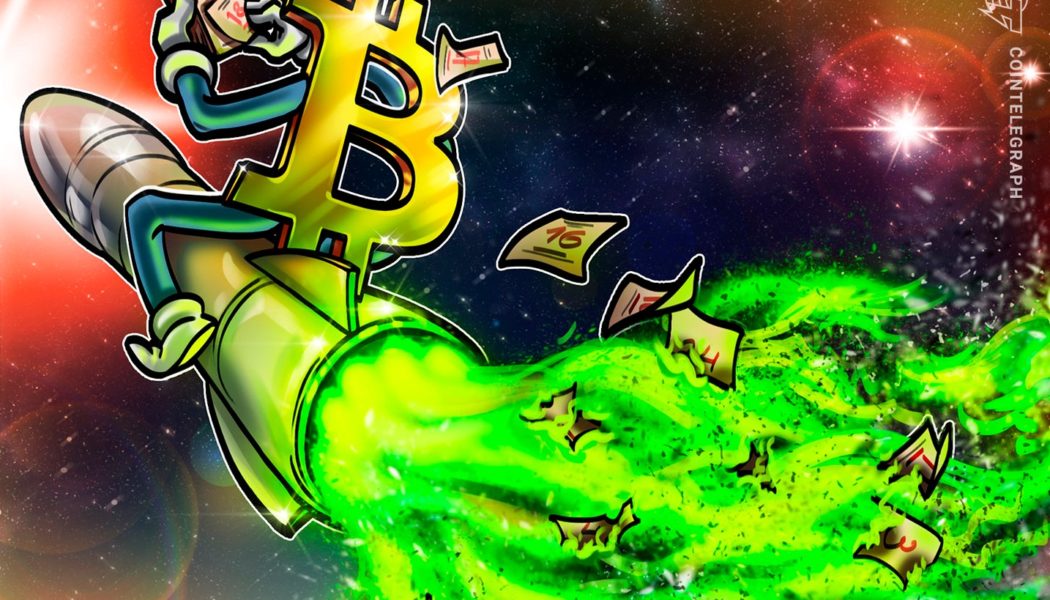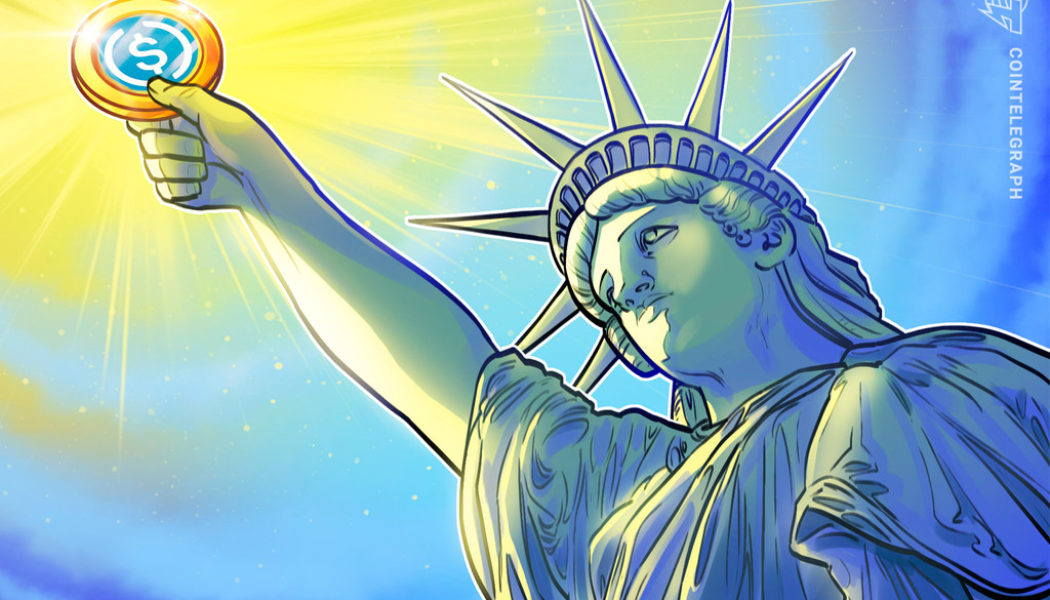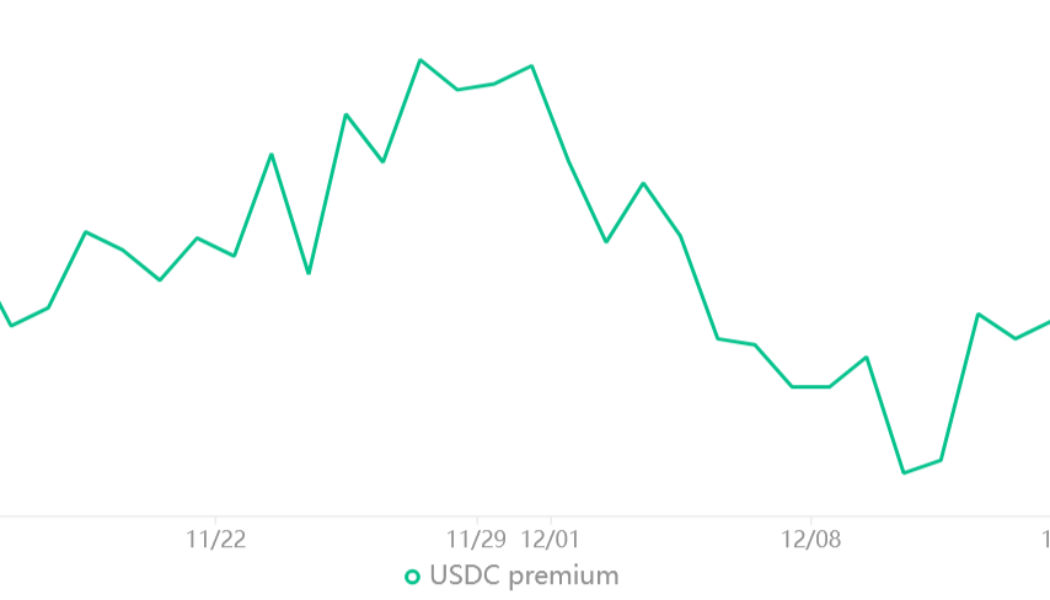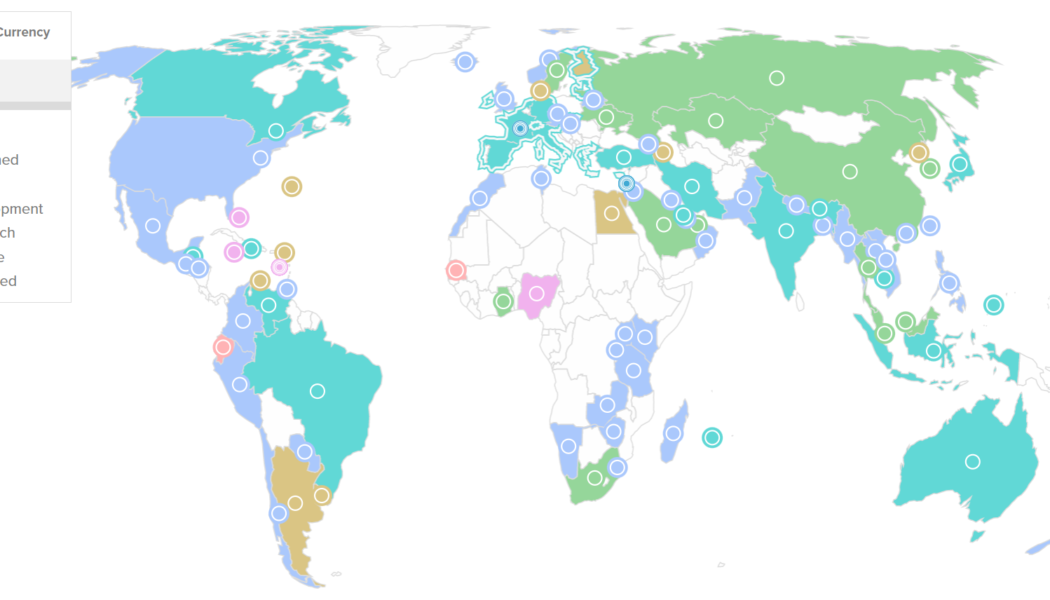Stablecoin
Albright Capital drops lawsuit against Terraform Labs and Do Kwon
Albright Capital has dropped its lawsuit against Terraform Labs and its founder Do Kwon, according to a Notice of Voluntary Dismissal filed in U.S. District Court on January 9. Before its dismissal, the lawsuit had alleged that the company had violated the Racketeer Influenced and Corrupt Organizations Act (“RICO”) by operating the stablecoin, UST, as a “Ponzi scheme.” Three Arrows Capital (3AC) co-founder Su Zhu posted the dismissal to Twitter, saying: Curious how long it will take cryptonative media to report on this sudden voluntary dismissal of class action against Luna foundation and Luna investors pic.twitter.com/8SyMhB4u4g — Zhu Su (@zhusu) January 10, 2023 Zhu had previously claimed that the bankruptcy of 3AC was partially caused by UST’s collapse. The lawsuit was dismissed “w...
Judge rules Celsius owns funds in Earn accounts, paving the way for stablecoin sale
Judge Martin Glenn, who is presiding over the Celsius bankruptcy case, ruled on Jan. 4 that the funds in the Celsius interest-bearing Earn program belong to Celsius under the terms of the program’s terms of use. The funds reportedly amount to more than $4 billion. “The issue of ownership of the assets in the Earn Accounts is a contract law issue,” the U.S. bankruptcy judge wrote, citing the latest version of the Earn program’s terms of use. Those terms state that lending platform Celsius held “all right and title to such Eligible Digital Assets, including ownership rights.” Related: Core Scientific shuts down 37K mining rigs it was hosting for Celsius The judge called the terms of use “unambiguous,” and pointed out that, if the funds in question belong to the debtor, their retur...
What is USD Coin (USDC), fiat-backed stablecoin explained
USDC offers instant payments, saves users from the cryptocurrency market’s price volatility and is audited by a regulated auditing firm, making it a transparent stablecoin. However, it does not offer price appreciation opportunities, and investors may incur high transaction and withdrawal fees while dealing with USDC. One of the key advantages of the USD Coin is the speed of the transaction. Usually, one must wait a long time to send and receive USD because institutions such as banks and their complex procedures slow down the processing of transactions. Nonetheless, USDC allows instant clearing and settlement of payments. In addition, stablecoins like USDC saves users from the price volatility of cryptocurrencies, as leading American financial institutions ensure that Circle&...
Vader will shut down stablecoin USDV, cannot find a ‘breakthrough’
The app that produces stablecoin Vader Protocol US Dollar (USDV) will be shut down, according to a Dec. 29 announcement from its developers. We are sunsetting Vader Protocol: https://t.co/C3AKHo9URj Existing $VADER and $USDV holders, please visit the webapp to redeem the treasury: https://t.co/SnRlvpXnaQ For all technical issues related to the claim, please check in at the channel on Discord. — Vader (@VaderProtocol) December 29, 2022 Vader protocol was an algorithmic stablecoin network similar to the failed Terra network. It was supposed to encourage arbitrages to keep USDV always equal to $1. When Terra assets depegged in May from the real-world assets they were supposed to represent, the Vader team paused the mint function of the app. It hoped to prevent users from exposing themselves t...
US Senator Toomey introduces stablecoin bill as congressional session wraps up
Republican Senator Pat Toomey, who is set to retire from U.S. Congress at the end of the term, has used one of his last few weeks in office to introduce a new stablecoin bill, aimed at creating a regulatory framework for “payment stablecoins.” Toomey — who also serves as the ranking member of the U.S. Banking Committee — said the Stablecoin TRUST Act of 2022 would serve as a framework for stablecoin regulation for his fellow senators, who are looking to pas stablecoin legislation in 2023. In a Dec. 21 statement, the senator called stablecoins an “exciting technological development that could transform money and payments,” adding: “By digitizing the U.S. dollar and making it available on a global, instant, and nearly cost-free basis, stablecoins could be widely used across the physical...
$16K retest the most likely path for Bitcoin, according to 2 derivative metrics
Bitcoin (BTC) broke below $16,800 on Dec. 16, reaching its lowest level in more than two weeks. More importantly, the movement was a complete turnaround from the momentary excitement that had led to i$18,370 peak on Dec. 14. Curiously, Bitcoin dropped 3.8% in seven days, compared to the S&P 500 Index’s 3.5% decline in the same period. So from one side, Bitcoin bulls have some comfort in knowing that correlation played a key role; at the same time, however, it got $206 million of BTC futures contracts liquidated on Dec. 15. Some troublesome economic data from the auto loan industry has made investors uncomfortable as the rate of defaults from the lowest-income consumers now exceeds 2019 levels. Concerns emerged after the average monthly payment for a new car reached $718, a 26% in...
Bank of Canada emphasizes need for stablecoin regulation as legislation is tabled
Staffers at the Bank of Canada released an analytic note on fiat-referenced crypto assets, otherwise known as stablecoins, Dec. 19. In addition to a review of mechanisms for creating and distributing stablecoins and a list of the potential risks and benefits they involve, the note expressed the authors’ support for further regulation of the crypto asset. The global market for fiat-referenced crypto assets increased 30-fold between the beginning of 2020 and mid-2022, reaching $161 billion in U.S. dollars. They are mainly used on crypto-trading platforms, the note states, but they have the potential for a wide variety of other uses, especially in combination with smart contracts. “These cryptoassets could bring efficiencies and greater competition to payment services, especially in a more di...
Central Banks to set standards on banks’ crypto exposure – BIS
A global standard for banks’ exposure to crypto assets has been endorsed by the Group of Central Bank Governors and Heads of Supervision (GHOS) of the Bank for International Settlements (BIS). The standard, which sets a limit of 2% on crypto reserves among banks, must be implemented on January 1, 2025, according to an official announcement on Dec. 16. The report, dubbed “Prudential treatment of cryptoasset exposures”, introduces the final standard structure for banks regarding exposure to digital assets, including tonenized traditional assets, stablecoins and unbacked cryptocurrencies, as well as feedback from stakeholders collected in a consultation launched in June. The Basel Committee on Banking Supervision noted the report will soon be incorporated as a new chap...
Argentina’s province to issue US dollar-pegged stablecoin
The province of San Luis in Argentina approved a legislation allowing the issuance of its own stablecoin pegged to the United States dollar. The token, dubbed the “Activo Digital San Luis de Ahorro”, will be available to all citizens of the province over the age of 18 and 100% collateralized in liquid financial assets of the province. The bill authorizes the province to issue the stablecoin up to 2% of its annual budget. It also stipulates that assets can be transferred between parties, but it does not specify which chain will be used for the transactions. The province of San Luis is home to over 430,000 people. The stablecoin issuance is only one of the initiatives described in the bill called “Financial Innovation for Investment and Social Economic Development”, which a...
Researchers use zero-knowledge to address privacy, AML concerns in stablecoins
Researchers from German crypto blockchain-based payments fintech etonec and other organizations have proposed using zero-knowledge proofs to ensure regulatory compliance and privacy in stablecoins. They have created a design that allows fiat-based stablecoins to be used like cash, within limits. The researchers’ design allows a number of limits, including on transactions, balances and turnover, and enables Anti-Money Laundering (AML) and Countering the Financing of Terrorism (CFT) compliance with the use of zero-knowledge proofs, particularly zk-SNARK (Zero-Knowledge Succinct Non-Interactive Argument of Knowledge). Below the preset limits, transactions would be invisible to third parties. According to the researchers’ report: “In essence, our goal is to create a stablecoin that provides si...
The impact of CBDCs on stablecoins with Bitget’s Gracy Chen
For over 14 years, central banks worldwide have seen blockchain technology deliver highly secure, immutable, verifiable and transparent financial ecosystems, starting with the Bitcoin network. Central bank digital currencies (CBDCs) stood out as one of the ways for fiat currency to harness a part of what cryptocurrencies achieve today. To not only keep up with rising inflation and cut down on operational costs but also to counter money laundering and related concerns, 98 of 195 countries — representing over 95% of global GDP — have either launched or are researching and developing their own versions of CBDC. Global CBDC initiatives overview. Source: Atlantic Council With CBDCs joining the race to dominate the future of finance, the relevance of the stablecoin ecosystem — cryptocurrencies b...























